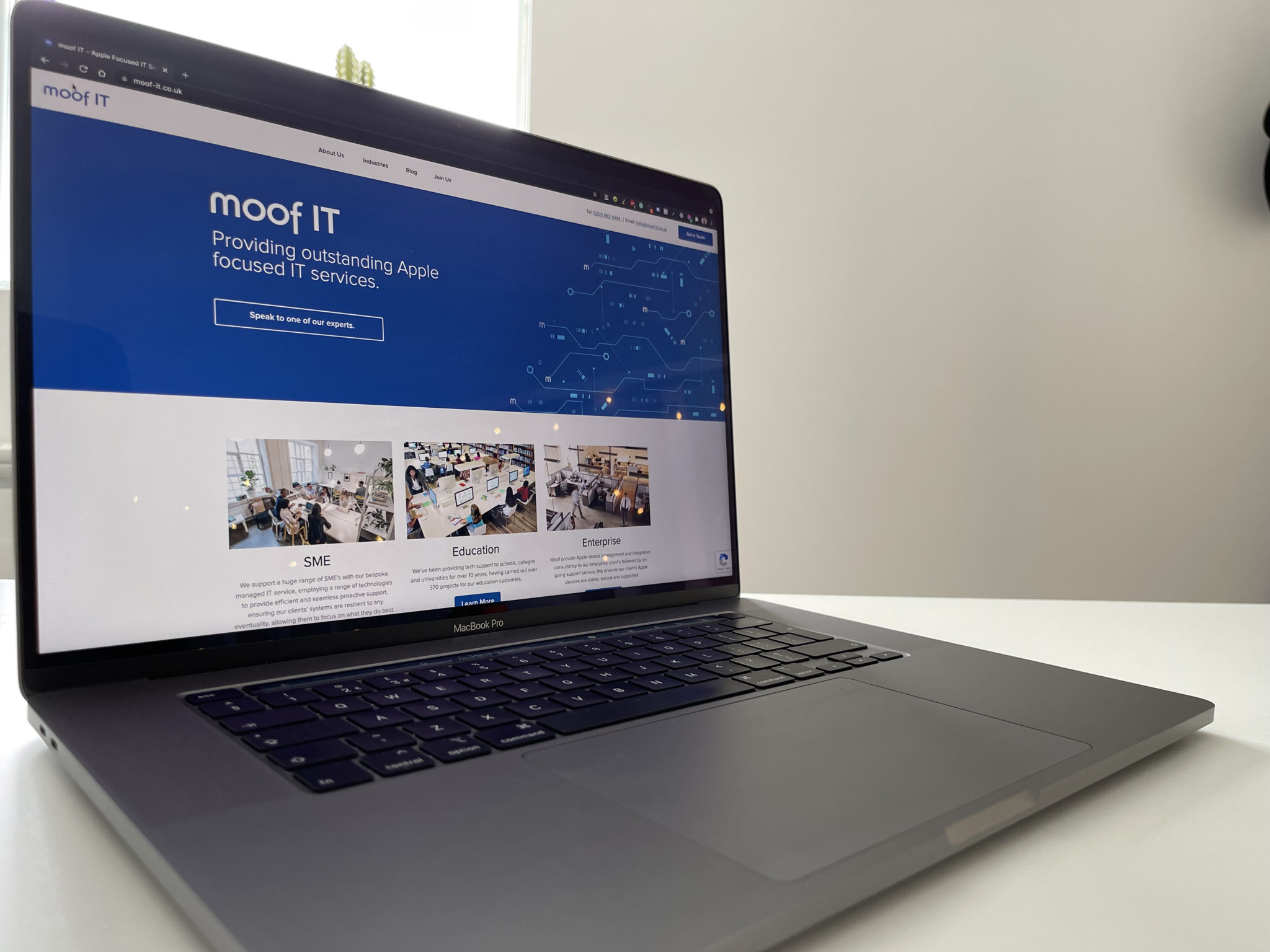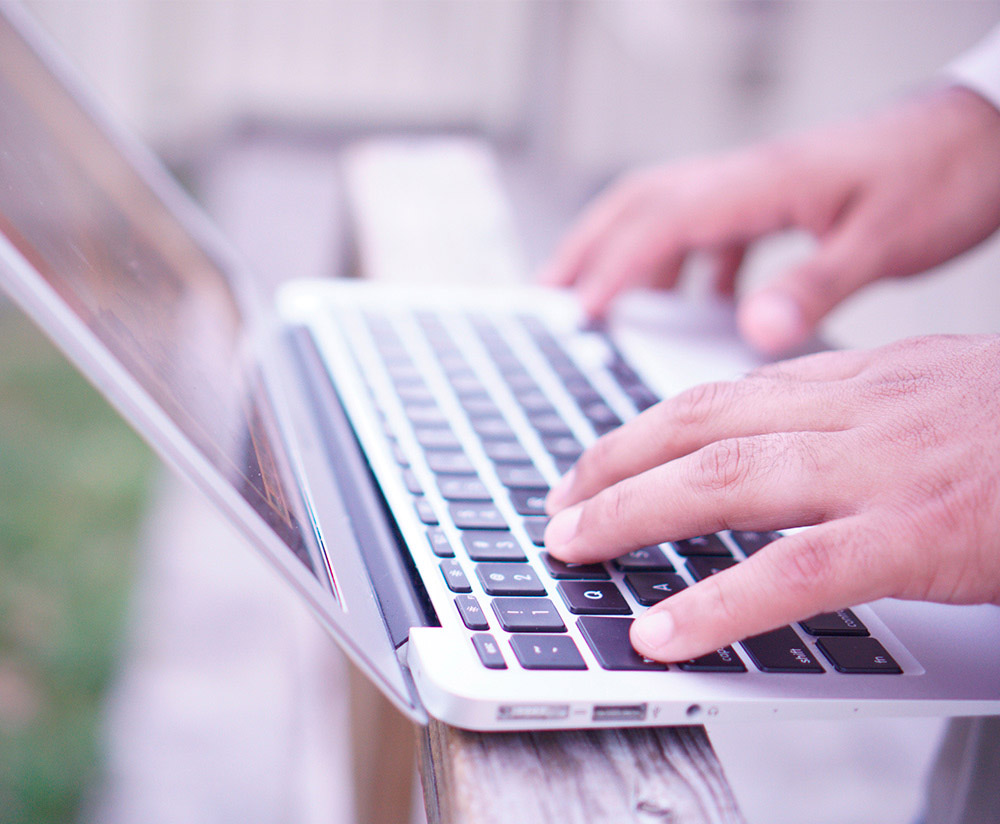A client recently asked us set a few default Google Chrome settings for new Mac users. After a bit of testing, we found that it is actually pretty easy managing Google Chrome on macOS with a config profile. In this blog I’ll share where to get the list of available settings, and how to use them in a custom config profile.
Where to get the list of available options
The list of options can be found here: http://www.chromium.org/administrators/policy-list-3
The page explains each of the options, like “HomepageLocation” and then lists the correct setting name for Windows, Chrome OS, macOS and Linux.
In the case of a HomepageLocation for macOS, we’d be interested in this section:
Mac/Linux preference name:
HomepageLocation
Putting the setting into a config profile
If you wanted to store the HomepageLocation in a config profile, you will want to store it in the PayloadContent section:
<key>PayloadContent</key> <dict> <key>com.google.Chrome</key> <dict> <key>Forced</key> <array> <dict> <key>mcx_preference_settings</key> <dict> <key>HomepageLocation</key> <string>https://moof-it.co.uk</string> </dict> </dict> </array> </dict> </dict>
After you have saved the config profile, upload it to your MDM server and deploy to your Macs.
Some interesting settings we used
On the most recent project, we set a few interesting settings using this method:
- Configuring single sign-on with ADFS for specific domains
- Setting specific plugins to install on first launch
Single sign-on with ADFS
We set this with two keys, AuthNegotiateDelegateWhitelist & AuthServerWhitelist. Here is the example:
<key>PayloadContent</key> <dict> <key>com.google.Chrome</key> <dict> <key>Forced</key> <array> <dict> <key>mcx_preference_settings</key> <dict> <key>AuthNegotiateDelegateWhitelist</key> <string>*.moof-it.co.uk,*.office.com</string> <key>AuthServerWhitelist</key> <string>*.moof-it.co.uk,*.office.com</string> </dict> </dict> </array> </dict> </dict>
Once the user logged in with their AD account, and had a valid Kerberos ticket, they had single sign-on to their ADFS integrated sites.
Setting specific plugins to install on first launch
In this example, we are using the LastPass extension, but the method can be applied to any other plugin you want to install:
<key>PayloadContent</key> <dict> <key>com.google.Chrome</key> <dict> <key>Forced</key> <array> <dict> <key>mcx_preference_settings</key> <dict> <key>ExtensionInstallForcelist</key> <array> <string>hdokiejnpimakedhajhdlcegeplioahd;https://clients2.google.com/service/update2/crx</string> </array> </dict> </dict> </array> </dict> </dict>
In this case, the unique identifier for the LastPass extension is “hdokiejnpimakedhajhdlcegeplioahd”. You can find out the identifier for other extensions by installing them in Chrome on a Mac, and finding them in ~/Library/Application Support/Google/Chrome/Default/Extensions.
The URL “https://clients2.google.com/service/update2/crx” stays the same. You just need to change the unique identification string before it.
To add multiple extensions, add more lines inside the array.















































